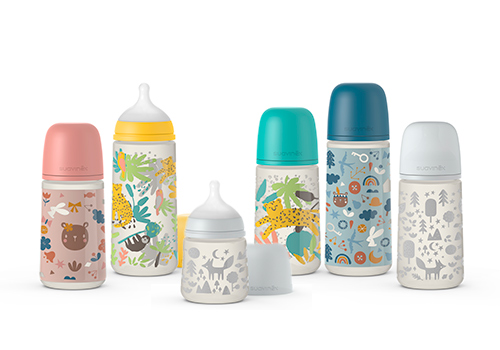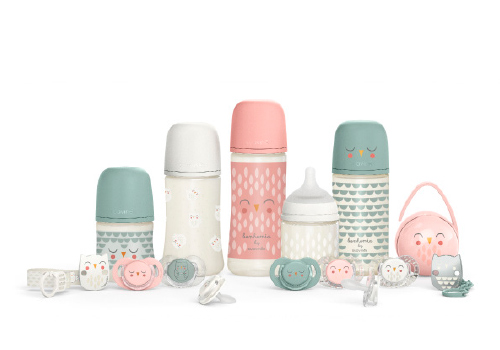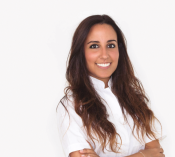Dr Cuba, how important is paediatric dentistry in general?
Like the rest of the child’s body, the mouth is not the same as an adult’s, which is why we have paediatric dentistry too: a child’s mouth has its peculiarities and you have to know about them to be able to offer adequate help. Paediatric dentistry studies, among other things, the mouth from birth. Even in the absence of teeth, the structure of all the elements in the mouth, such as the tongue, lips, etc., are vital in the child’s overall future development.
Why are some people critical of soothers?
There are studies that relate it to malformations or malocclusions if its use is prolonged beyond the age of 2-3 years. But it is important to emphasise this: when used beyond the age of 2-3 years. On the other hand, it should be borne in mind that genetic factors, such as having weak muscles or jaw abnormalities, as well as the presence of other habits such as mouth breathing or the intensity of sucking also come into play.
What benefits do you consider the soother has?
It is a soothing instrument that can help reduce the likelihood of sudden infant death. It encourages and stimulates sucking and provides a physical barrier if babies roll over in their sleep and end up on their stomach. The soother creates a space between the face and the surface it rests on, helping to prevent the mouth and nose from becoming covered and thus allowing the baby to breathe.
So what is your ultimate opinion on its use?
The possible consequences of malocclusion that the soother can cause in the case of prolonged and particularly intense use will always be reversible if it is removed before the age of 24 or 36 months, as also stated by the Spanish Society of Paediatric Dentistry.
What type of teat do you recommend in your practice?
The teat must be as minimally invasive as possible. The tongue must rest on the roof of the mouth, so we need to make sure the mouth is as closed as possible and there is hardly any interference between the tongue and the roof of the mouth. The teat should have a symmetrical shape, the material should be as flexible as possible, and ideally the neck and head should be as thin as possible.
Dr Cuba graduated in Dentistry from the University of Santiago de Compostela (Spain), gaining a masters in Dental Sciences and a masters in Integral Paediatric Dentistry from the International University of Catalonia (Spain). She also specialised in dentistry for babies in Brazil, the global birthplace of paediatric dentistry.
Dr Cuba is also a breastfeeding consultant and combines patient care at her dental practice with her teaching role on the Paediatric Dentistry Masters course at Alfonso X el Sabio University and the European University of Madrid (Spain).
Follow Dra. Cuba
on its social networks

@dra_cuentadientes




